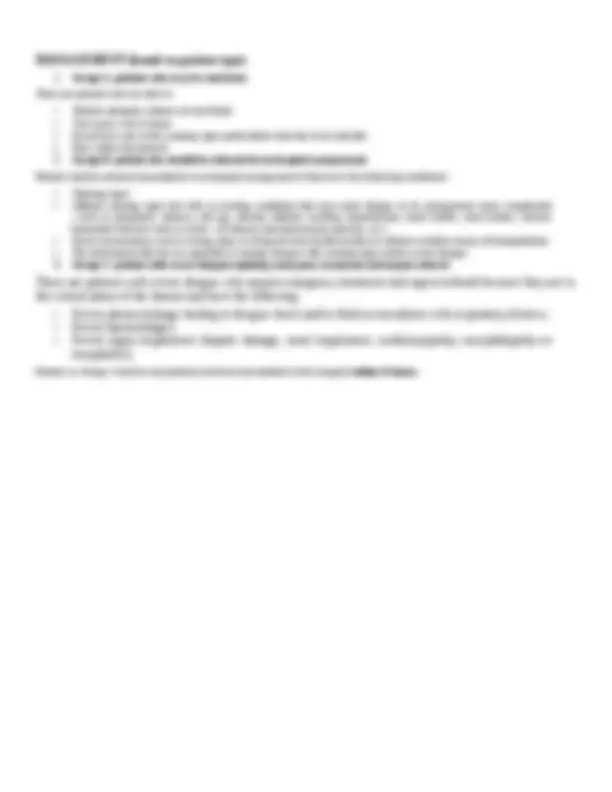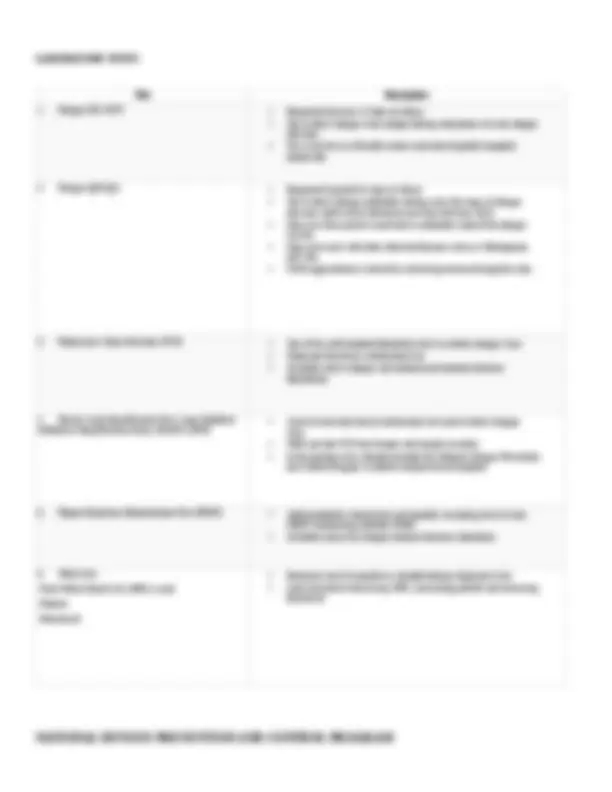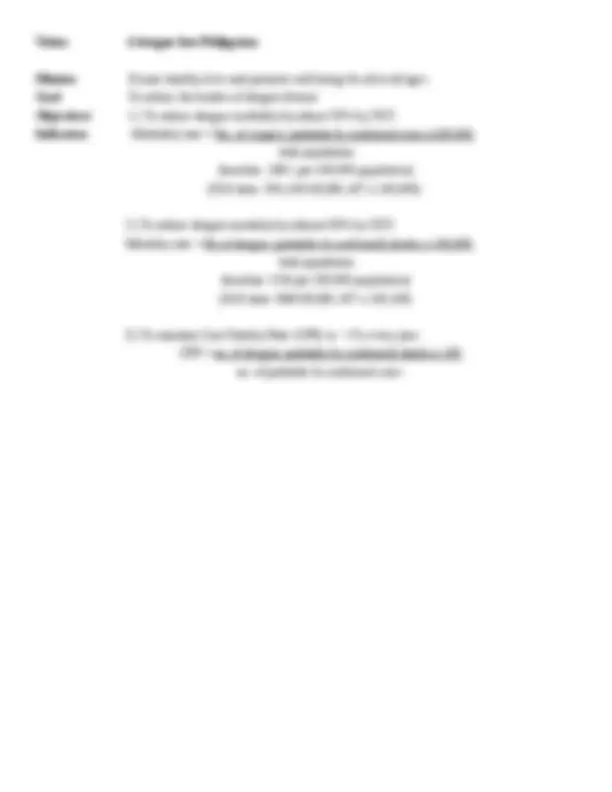





Study with the several resources on Docsity

Earn points by helping other students or get them with a premium plan


Prepare for your exams
Study with the several resources on Docsity

Earn points to download
Earn points by helping other students or get them with a premium plan
Community
Ask the community for help and clear up your study doubts
Discover the best universities in your country according to Docsity users
Free resources
Download our free guides on studying techniques, anxiety management strategies, and thesis advice from Docsity tutors
About Dengue DOH Program adasdasdadasd
Typology: Lecture notes
1 / 6

This page cannot be seen from the preview
Don't miss anything!




Dengue is the fastest spreading vector-borne disease in the world endemic in 100 countries·
Dengue virus is transmitted by day biting Aedes aegypti and Aedes albopictus mosquitoes.
a.1 suspect dengue
a.2 probable dengue
a.3 confirmed dengue
b. dengue with warning signs
c. severe dengue
severe organ impairment
PHASES OF DENGUE INFECTION
c. Recovery Phase
Test Description
DENV neutralizing antibody (NAb)
NATIONAL DENGUE PREVENTION AND CONTROL PROGRAM
Vision A dengue free Philippines
Mission Ensure healthy lives and promote well-being for all at all ages
Goal To reduce the burden of dengue disease
Objectives/ 1.) To reduce dengue morbidity by atleast 25% by 2022
Indicators Morbidity rate = No. of suspect, probable & confirmed cases x100,
total population
(baseline: 198.1 per 100,000 population)
(2015 data: 200,145/100,981,437 x 100,000)
2.) To reduce dengue mortality by atleaset 50% by 2022
Mortality rate = No of dengue (probable & confirmed) deaths x 100,
total population
(baseline: 0.59 per 100,000 population)
(2015 data: 598/100,981.437 x 100,100)
3.) To maintain Case Fatality Rate (CFR) to < 1% every year.
CFR = no. of dengue (probable & confirmed) deaths x 100
no. of probable & confirmed cases